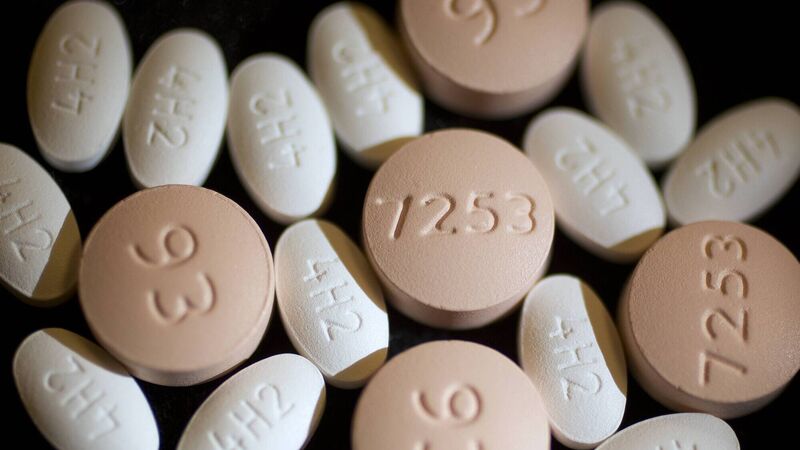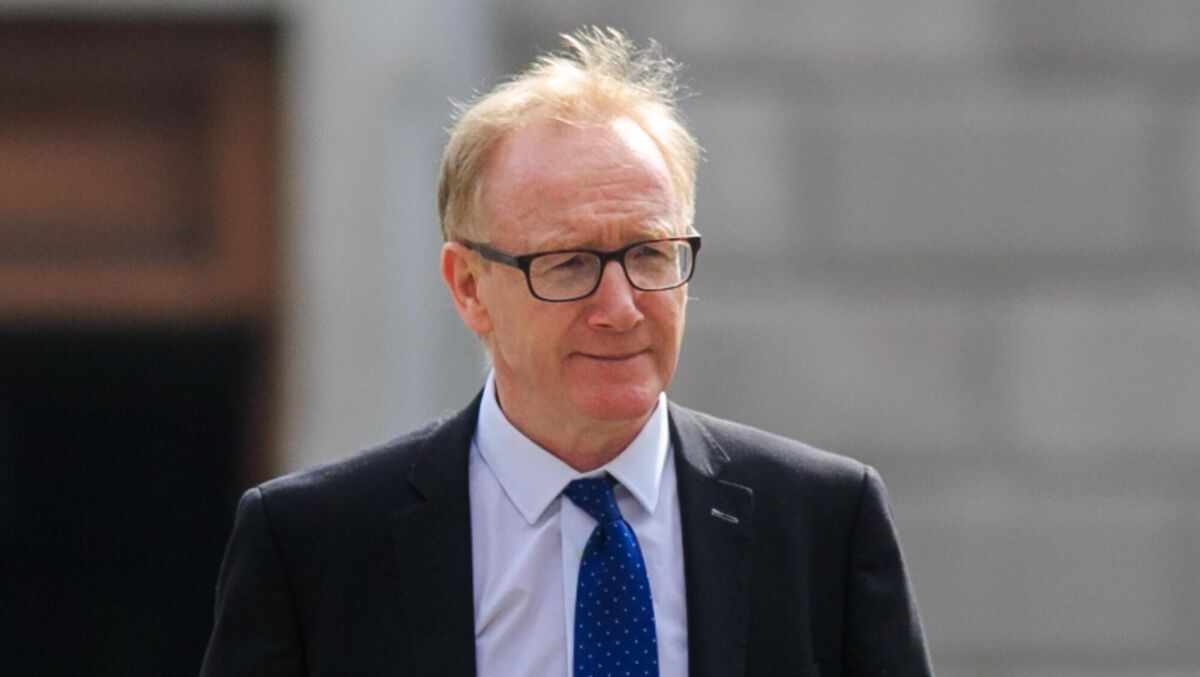Ireland on a par with Europe for flow of illegal drugs

The HRB reports data received from FSI have shown that the number of MDMA analyses in 2019 was more than three times higher than in 2018.
Ireland is keeping pace with European trends when it comes to the flow of illegal drugs, new data shows.
A complementary report from the Health Research Board (HRB) gives the Irish context regarding the latest EMCDDA European Drug Report, and finds parallels between what is happening in this country and the rest of the continent.
The EMCDDA report warns of higher potency cannabis with elevated THC levels. In Ireland, the HRB report says cannabis herb has been shown to be the most prominent drug seized in Ireland since 2010.
While the number of cannabis herb and resin seizures analysed by Forensic Science Ireland decreased annually between 2016 and 2018, a substantial increase has been shown for the main cannabis products analysed between 2018 and 2019.

The EMCDDA reports shows Europe experienced record cocaine seizures in recent years, with 213 tonnes seized in 2019. Forensic Science Ireland (FSI) reported an approximate fourfold increase in analyses of cocaine seizures between 2018 and 2019.
According to the HRB report: "Forensic Science Ireland analysis of seizures containing cocaine in the period 2016–2019 shows the content of cocaine in these samples has remained broadly consistent over this time period with a steady increase at street level. This is consistent with European data and the observed increase in the supply of cocaine in Europe."
Likewise, there was stable amphetamine demand in Europe, with large seizures of chemicals used in the production process, while in Ireland FSI recorded a slight increase in the number of analyses of amphetamine seizures between 2017 and 2018 and a further approximate threefold increase was recorded in 2019.
According to the broader, European report, in addition to increases in the average MDMA content in tablets and the purity of powders, products with "very high levels" of MDMA are also being detected. Preliminary data from 2020 also suggest there was less interest in this drug during periods of lockdown.
In Ireland, the situation is similar. The HRB reports data received from FSI have shown that the number of MDMA analyses in 2019 was more than three times higher than in 2018.
In Europe, large volumes of heroin are still being seized, "raising concerns around the possible impact on levels of use."
In Ireland, the HRB report found, overall, between 2016 and 2018, 83 diamorphine (heroin) seizures were quantified by FSI, of which 33 seizures were classified as street-level substances and 50 seizures were classified as importation-level substances.
Overall, an estimated 1.5 million drug law offences were reported in the EU in 2019 and 82% were related to use or possession for personal use.
Here, Central Statistics Office figures show the number of drug offences recorded has increased annually since 2016, with an increase of 17% between 2018 (18,296 offences) and 2019 (21,448 offences).
The illegal drugs trade is still big business across Europe. According to the EMCDDA report, some 1.1 million seizures were reported in 2019 in Europe, with cannabis products the most often seized.
The number of those seizures have been generally increasing. Between 2009 and 2019, the largest increases in quantities seized have been for methamphetamine (+931 %), MDMA (+456 %) and cocaine (+279 %).
According to the EMCDAA report: "Sizable consumer markets for these drugs exist in Europe, however, it is likely that increases in quantities seized reflect, at least partially, the larger role played by Europe as a place of production, export or transit for these drugs."
Heroin (+17 %) is the only drug for which quantities seized increased by less than 100% over the period analysed.
Some of the Irish data contained in the larger European-wide report is four or more years old, but shows that Ireland has one of the lowest death rates from drugs among those aged under 30.

Commenting on the reports, and the situation in Ireland, Minister Frank Feighan, Minister of State for Public Health, Well Being and National Drugs Strategy, said: "The issue of drugs affects people, and the communities in which they live, in a wide variety of ways.
"These problems cannot be tackled in isolation, which is why the EU Drugs Strategy will be critical in the coming years in providing the tools to address these issues collectively.
"The European Drug Report illustrates to us that the patterns of drug use are becoming more complex."
People who use drugs are being presented with a greater selection of substances, which can lead to increased health harms, he said.
"The impact of Covid-19 has also drawn attention to the health inequalities experienced by people who use drugs. It is important that we continue to develop harm-reduction measures to protect people who use drugs and vulnerable groups," he concluded.










